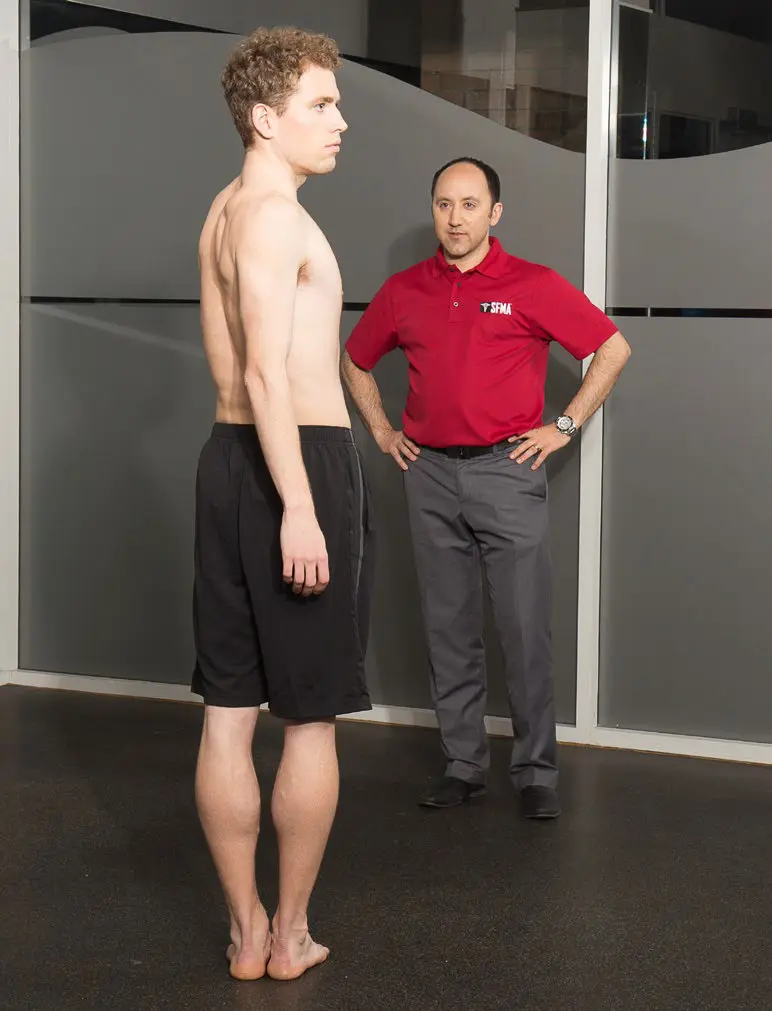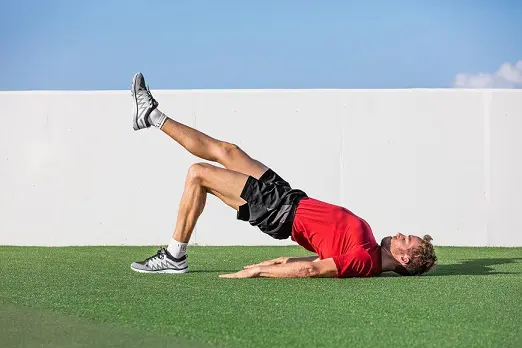Sound advice for injury prevention in runners…
“You must listen to your body. Run through annoyance but not through pain.” ~Dr. George Sheehan
Athletes who participate in running sports should undergo unique training programs that emphasize endurance, power, and strength. Training and running programs can be quite rigorous and extreme on the bones, joints, and muscles of the body’s lower limb, thus resulting in injuries. Common injuries suffered by running athletes in the legs are patellofemoral syndrome, medial tibial stress syndrome, iliotibial band friction syndrome, hamstring tendinopathy, lateral ankle sprain, plantar fasciitis, Achilles tendinitis, and stress fractures.
Injury Prevention Strategies
While the symptoms may vary, injuries usually develop due to a combination of several factors. Injuries are most commonly observed when a training program’s intensity, frequency, and duration are rapidly accelerated before the body can adjust. Other factors also include muscle imbalance, postural misalignments, inadequate stretching of important muscle groups located in the lower limb, and the usage of old or inappropriate running shoes.
To prevent injuries in runners, it is important to eliminate the reason that they occur in the first place. Being slow and systematic while building up the training program’s intensity and using a pair of excellent running shoes can help athletes prevent simple overuse injuries. Recreational athletes must also practice cross-training exercises to strengthen other muscles in their bodies.
There are certain things that are going to be associated with increased risk of injury. I learned long ago that running in excess of 40 miles a week is associated with a higher likelihood of injury. This threshold is going to be different for every individual but running in excess of 11 miles and then 25 miles per week are two other possible injury thresholds for many people according to research. Specifically, it’s worth noting athletes who run less than twenty miles a week record lower rates of stress fractures.
There are other factors that have are associated with a greater risk of running related to injury that had been studied. People who have a history of previous running injuries and those that have recently restarted running are more at risk. Novice male runners that have between zero and two years of running experience are more likely to be injured. Running on a concrete surface, participating in a marathon and wearing running shoes for 4 to 6 months leads to more risk in female runners. These are simple modifications for injury prevention in runners.
Assessing Dysfunctional Movement
Muscle imbalances and postural misalignment are major contributors to athletic injuries as well. Maintaining a proper balance between the ankle, joint, knee, and hip stabilizers and the associated muscles is critical to prevent injuries and maintain joint function. Interestingly, while stretching is commonly performed, there is no conclusive evidence of their ability to prevent injuries, but most of us will still stretch. In theory, stretching the Achilles may help treat plantar fasciitis since the tight heel cords often lead to excessive midfoot pronation.
Limitations and imbalances within the athlete’s movement patterns help identify where athletes are more likely to contract injuries. These tests also identify areas of potential risk, even when our patients are released with no symptoms.

Stability Exercises to Avoid Injury
Core stabilization exercise programs seek to improve the deep abdominal wall musculature’s timing, coordination, and stability which can prevent injury in runners. Not everyone will need this training though so you should check yourself (before you wreck yourself). If you can’t hold a good plank for 60 seconds, a proper side-plank for at least 40 seconds and a correct hip bridge for 30 seconds, then you probably need to work on it. If you don’t know what those exercises are, then you also probably have work to do.

Don’t expect the core work to make you faster though, just help you prevent injury. Using a physioball can promote increased contraction, enrich core stabilization and enhance proprioception. Research confirms that core strengthening exercise programs were quite useful for runner in preventing pain and, especially for athletes suffering from lower back pain.
The core strengthening exercises need to be done 2-3 times per week to enjoy the best results with a focus on the appropriate progressions of the plank, side-plank and the hip bridge. Athletes should start with 1 – 2 sets of at least 15 reps, eventually progressing to 3 sets with 15 – 20 reps each.
balance Exercises Can Prevent Injury
Development of the muscles needed for handling gait and the maintenance of posture can be accomplished by a variety of exercises that promote precision and coordination of body movement, while developing balance in order to help with injury prevention in runners. Many of these exercises work by transferring control over these muscle groups from the conscious brain to the unconscious side. Motor control and balance training is crucial for athletes in running sports requiring rapid directional changes or activity on uneven surfaces, like trail running or football.
The exercises are as simple as standing still. You need to be careful as challenging your balance can cause you to lose it. When trying this, you may need a spotter or you might want to stand in a corner to help keep you safe. Most people should be able to do the following exercises for at least 30 seconds consecutively. First start off by standing with your feet together and your eyes open. The next step is up to you as there are four different ways to combine together in different ways to make it more difficult.
- Stand on both legs or one leg
- Eyes open or eyes closed
- Stable surface or unstable surface
- Challenges
When it comes to any of these activities, closing your eyes can cause a surprising lack of stability, so you need to be careful. If your person who needs to touch the wall as they’re going to the bathroom when I wake up in the middle of the night, you really need to be careful with this one. Closing your eyes is where the spotter or the corner can be invaluable, so please be safe. Because running involves being on one leg at a time, balance exercises while standing on one leg are extremely important. You should be all the stand on each of your legs individually with your eyes open for at least 30 seconds and you should be all the stand on one leg with your eyes closed for at least 10 seconds (but ideally, it should be closer to 30 seconds with your eyes closed).
Another way that you can push your balance is to do challenges. This can either consist of moving yourself (internal challenge) or having somebody move you (external challenge). An example of external challenges would be somebody lightly pushing you (where you can’t see what’s coming) and then allowing you to regain your balance before pushing again or playing catch. These challenges can be done while standing on one leg or standing on both legs. An example of internal challenges would be moving your arms around (Hip Hop Hooray arms) or swinging a leg. A big challenge would be to hop and try to maintain your balance after stopping whether it be one hop or three hops going as far as you can go. For more on hopping, take a look at my article. Having good balance can help a runner prevent injuries because it leads to being more stable when you run.
Why Injury Prevention for Runners is Important
It is critical that you take the time to take the steps to prevent injury now in order to prevent the injury from happening at the most inopportune time in the future. Take the time to plan things out and make sure that you avoid ramping up your speed and distance too quickly. Injury prevention for runners is important because you don’t want to get hurt a couple weeks before the race that you been training so hard for. It’s so much easier to avoid problems than it is to fix them after the fact. Preventing injury as a runner is one of the most important things that you can do to help you achieve your goals.
functional exercises for Injury Prevention

During running, performing functional movements requires dynamic stabilization, acceleration, and deceleration. This is all dependent on the ability of the neuromuscular system to generate dynamic isometric, concentric, and eccentric contractions during key movement patterns. Resistance cord training exercises that involve the hip and shoulder flexion can be used in programs that stimulate important muscles needed for a better running performance. It is important to do single-leg exercises since they enable the utilization of muscles, which are known to be weak among running athletes. Hip abductor strengthening exercises in power runners can prevent them from developing iliotibial band syndrome. This is a multidirectional step-up exercise program, which promotes the stimulation of the muscles present in the transverse plane, such as the vastus medialis obliquus, and thus treats and prevents excruciating patellofemoral pain in these athletes. To summarize, utilizing the right preventive tools can improve the quality of life for an athlete.
